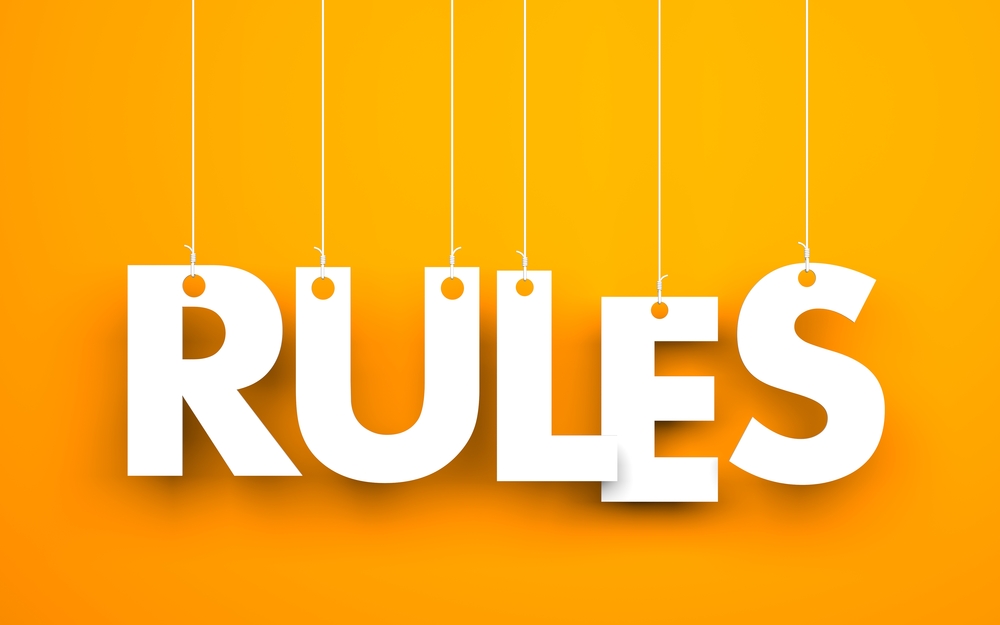The aim of this blog post is to give you a basic understanding of the rules of squash. It’s not intended to be a comprehensive guide. There will be links at the end if you want to know more.
Now tennis has a beautiful simplicity in its rules and scoring. Sometimes we wonder if the casual observer of squash gets the wrong opinion of the game’s complexity due to its seemingly frantic pace and loud gameplay.
Because squash has both players close to each other as opposed to tennis, many of the rules are in place to protect from injury. The biggest piece of advice any player can take is that “when in doubt call a let”. Which means if you think you may cause injury to your opponent or feel they are close to you, simply stop and call “let”. This pauses the game play while a referee will make a decision whether to play the rally again or award a point to the let caller.
These rules apply even when you are playing a friendly game. It never ceases to surprise us that players at any level can cause injuries when they should have called a “let”.
Squash rules are pretty straightforward and with a short period of practice very easy to master.
So let’s get started…
First, the winner of the toss gets to choose which side they want to serve from and alternates sides until they lose a point. The toss is typically done by spinning the racket, with one player guessing whether the racket will land up or down based on the direction of the logo at the end of the grip.
Typically, you will start your serve from the right side assuming your opponent is right handed. Most players are weaker on the back hand. However if they are left handed you would start from the left side.
The ball can hit any number of walls ( i.e., sidewall, back wall) but must eventually hit the front wall before bouncing on the floor. A rally ( the exchange of shots ) ends when one of the following occurs:
• The ball bounces twice
• The ball hits the tin
• The ball is hit outside the lines (or on the lines)
• Interference resulting in a stroke or let.
The serve is done by having at least one foot in the service box, then hitting the ball to the front wall, above the service line and having it bounce in the opposite quarter-court. The receiver can stand anywhere on their box as long as they do not interfere with the server. Only one serve is allowed. There is no second serve as in tennis.
Your opponent has the option of volleying return your serve before it hits the ground. After hitting the front wall first, the ball may hit any other number of walls before landing in the opponent's quarter court. However, a serve is illegal if it hits any sidewall before hitting the front wall!
Following the serve, the ball can hit any number of sidewalls before hitting the front wall.
The red lines mark the out of bounds of the court. So all shots must be below the lines. If the ball touches the line, it is considered out!
Scoring is to 15 with a point-a-rally (PAR), where every rally is a point, regardless of who served. So if you serve and lose the rally, then your opponents get a point and gets to serve.
Usually it is the best of five games, If the score reaches 14 all, the game will be won by two clear points (which will be expressed as 13-11).
You also have traditional English scoring to 9 points, where only the server can win a point. This means if you serve the ball and lose the point, then your opponent gets to serve and the score does not change. If you win the point, then you get a point and get to serve from the next side. When service changes, it is often called 'hand-out'. When hand-out you can pick which side to serve from, after which you alternate sides if you continue to win points. The first player who gets to 8-8 chooses 9 or 10, called set 1 or 2.
The 11 point scoring is the official scoring for world squash.
Some not-so-obvious rules of squash are you cannot carry the ball or hit the ball twice, but you can make several attempts at striking the ball as long as only contact is made once.
Detailed rules
If you would like more specific rules and regulations you can look at:
Abbreviated version of the World Singles Squash Rules to help players to understand the basics:
http://www.squashsite.co.uk/abbreviated_rules.htm
Official website of the world Squash Federation, including official rulebook:
Squash Australia official regulation website:
http://www.squash.org.au/sqaus/regulations_policies/regulations.htm
Squash rules for beginners:
http://www.buzzle.com/articles/squash-rules-for-beginners.html


